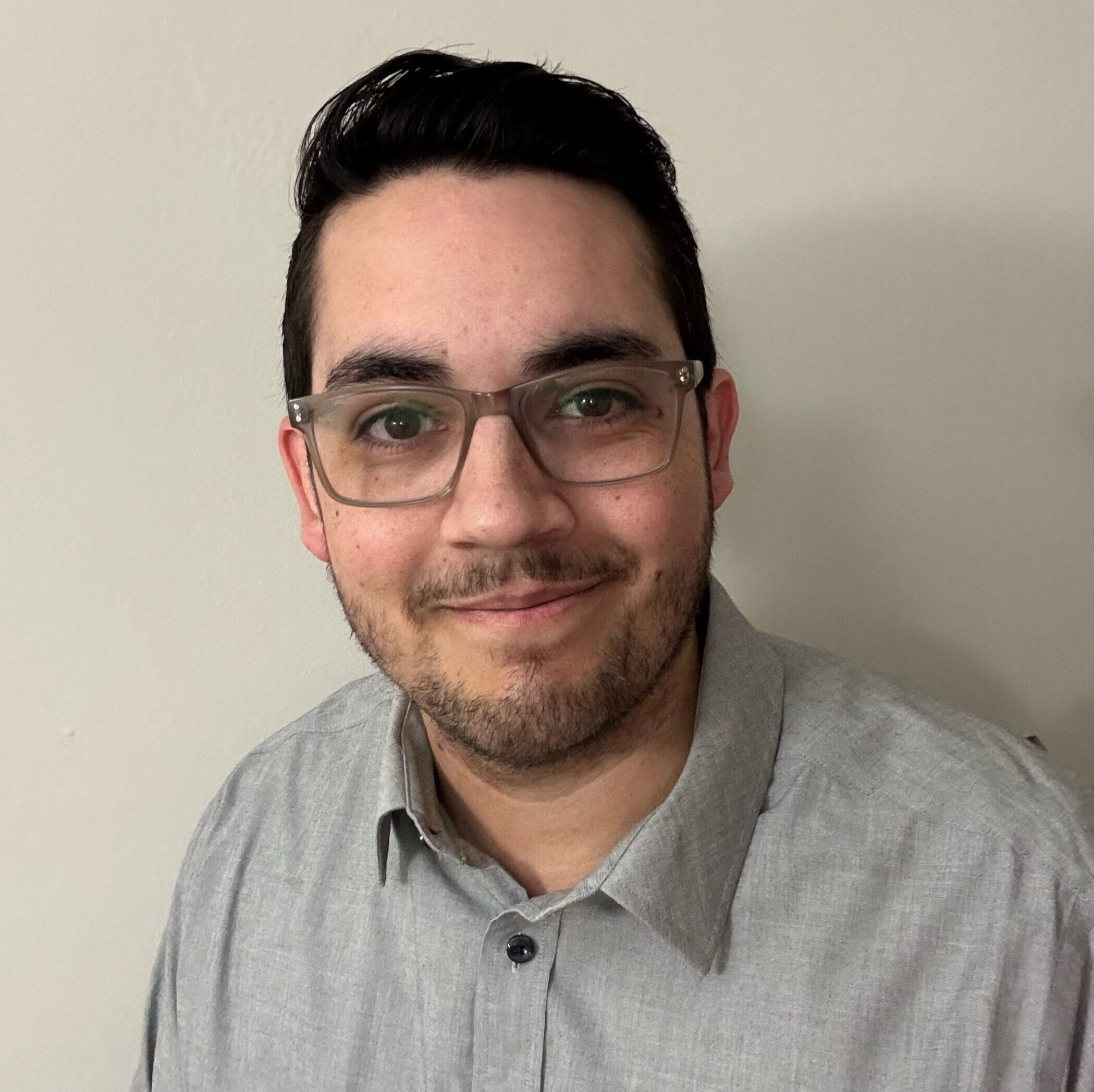The role of a tissue navigator was born out of hearing so many families say, “We want to donate but we have no idea where to start or how to make it happen. We know researchers need the tissue but how do we get this precious gift to them?”
Because children typically die at home, the logistics of coordinating these donations within the small viable time frame is difficult and each donation provides unique challenges.
Gift from a Child tissue navigators work across institutional lines to meet these challenges so that no matter where in the country a child dies from brain cancer, donation is an option. Our navigators are a committed, resourceful team coordinating their work so that no matter the day or time, GFAC will work to make donation a possibility. Please meet our dedicated tissue navigators:








Tanner Torrescano
Arnold Palmer Hospital for Children, Orlando FLtanner.torrescano@orlandohealth.com844-456-GIFT

